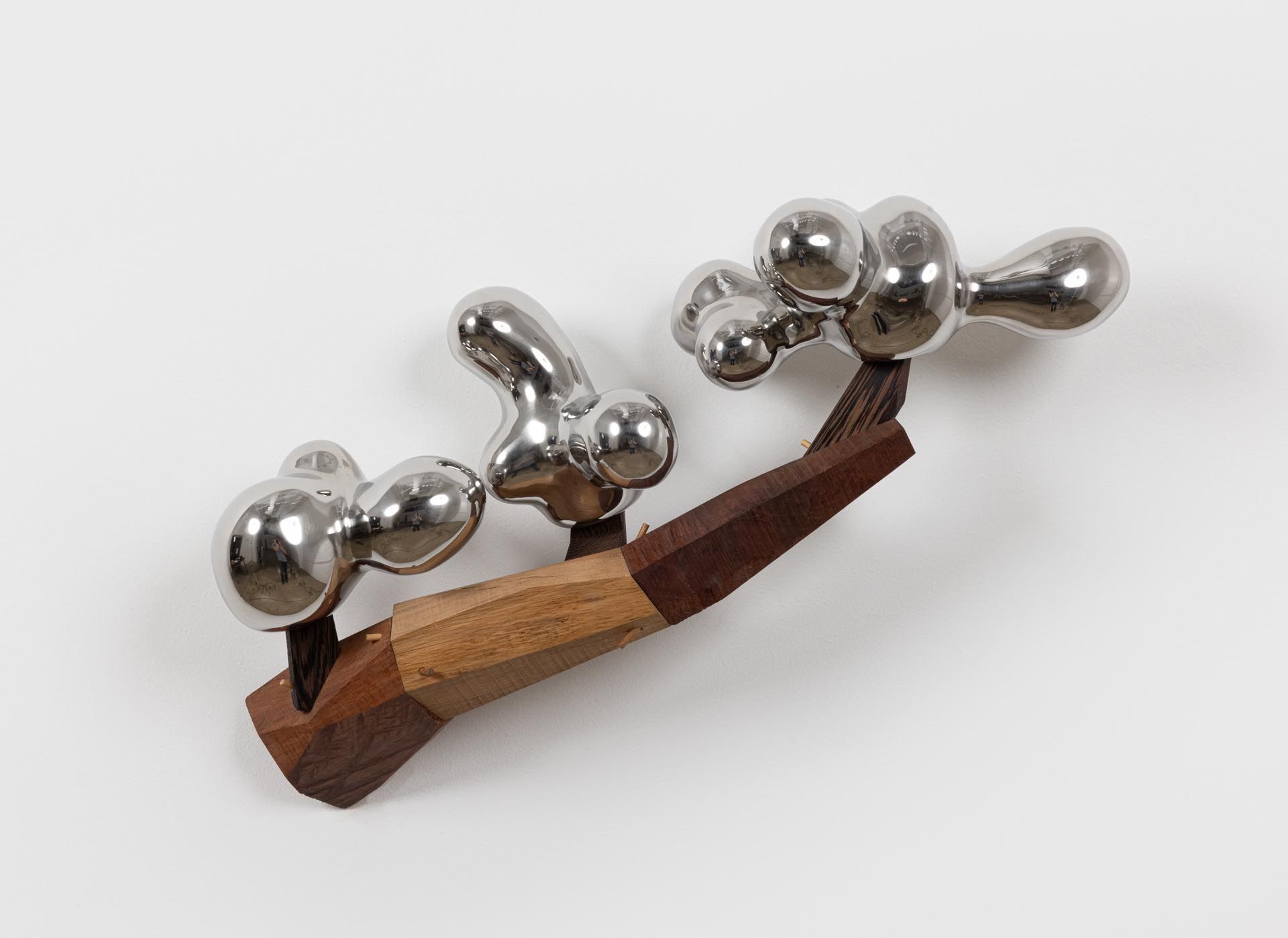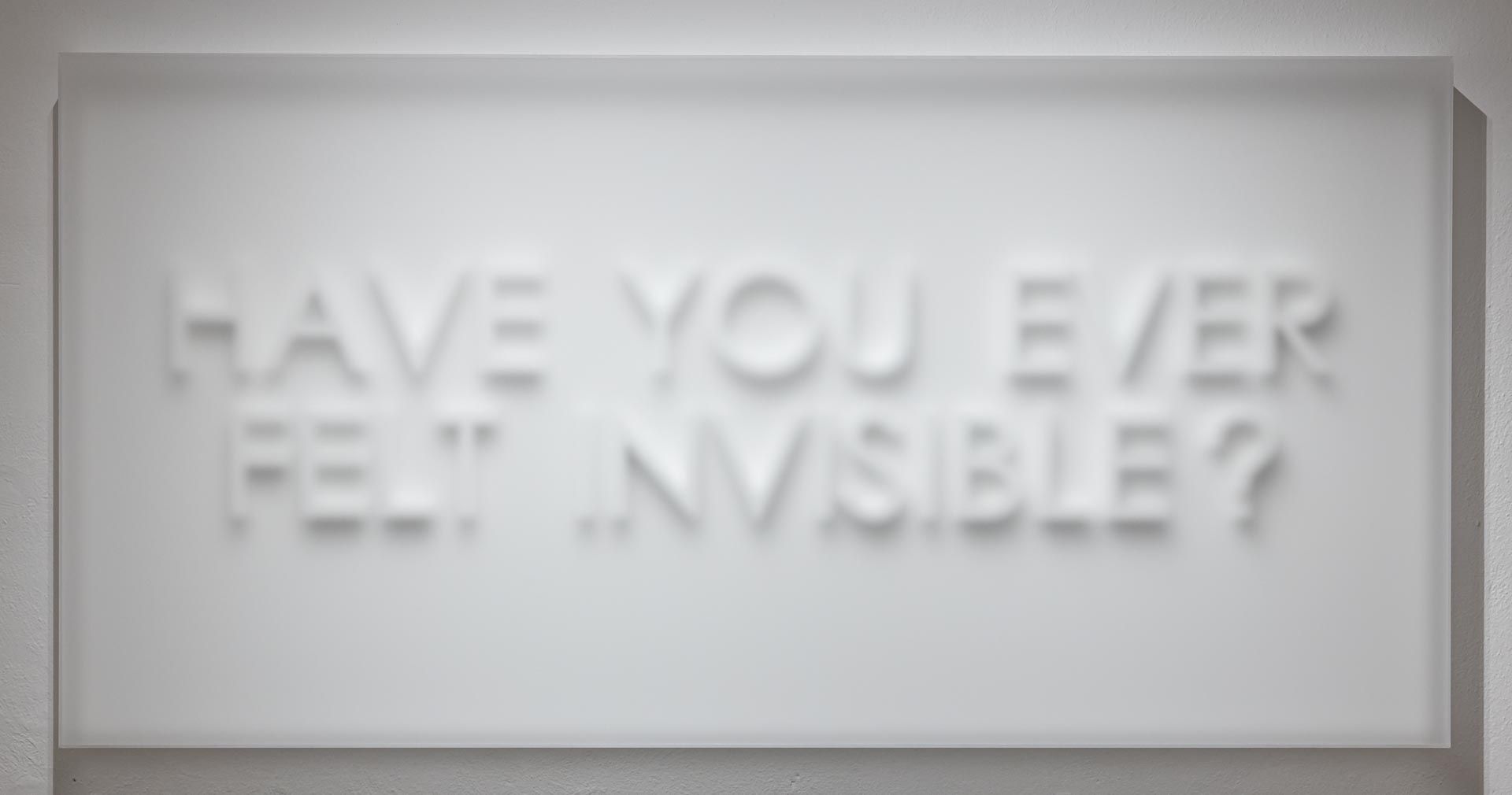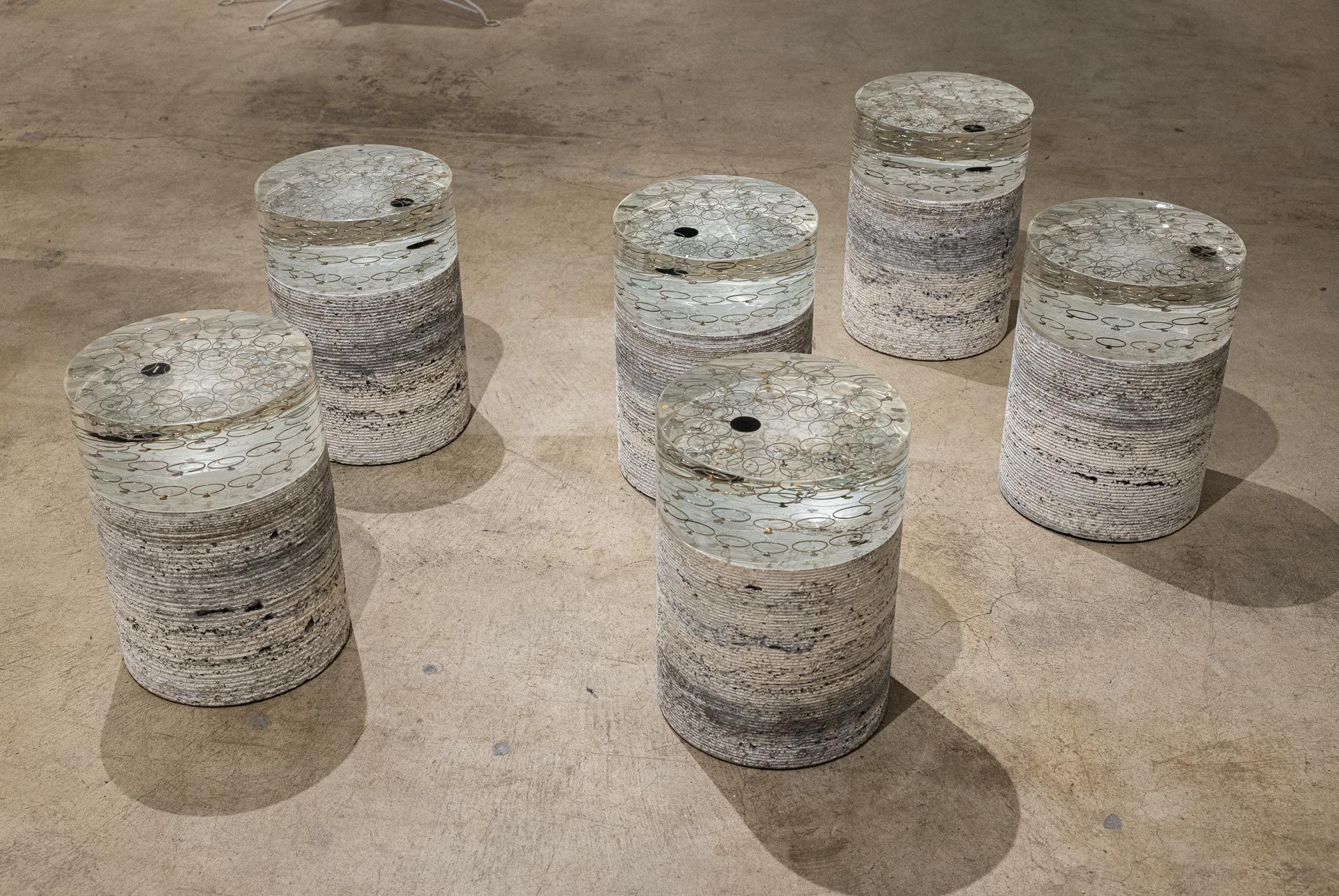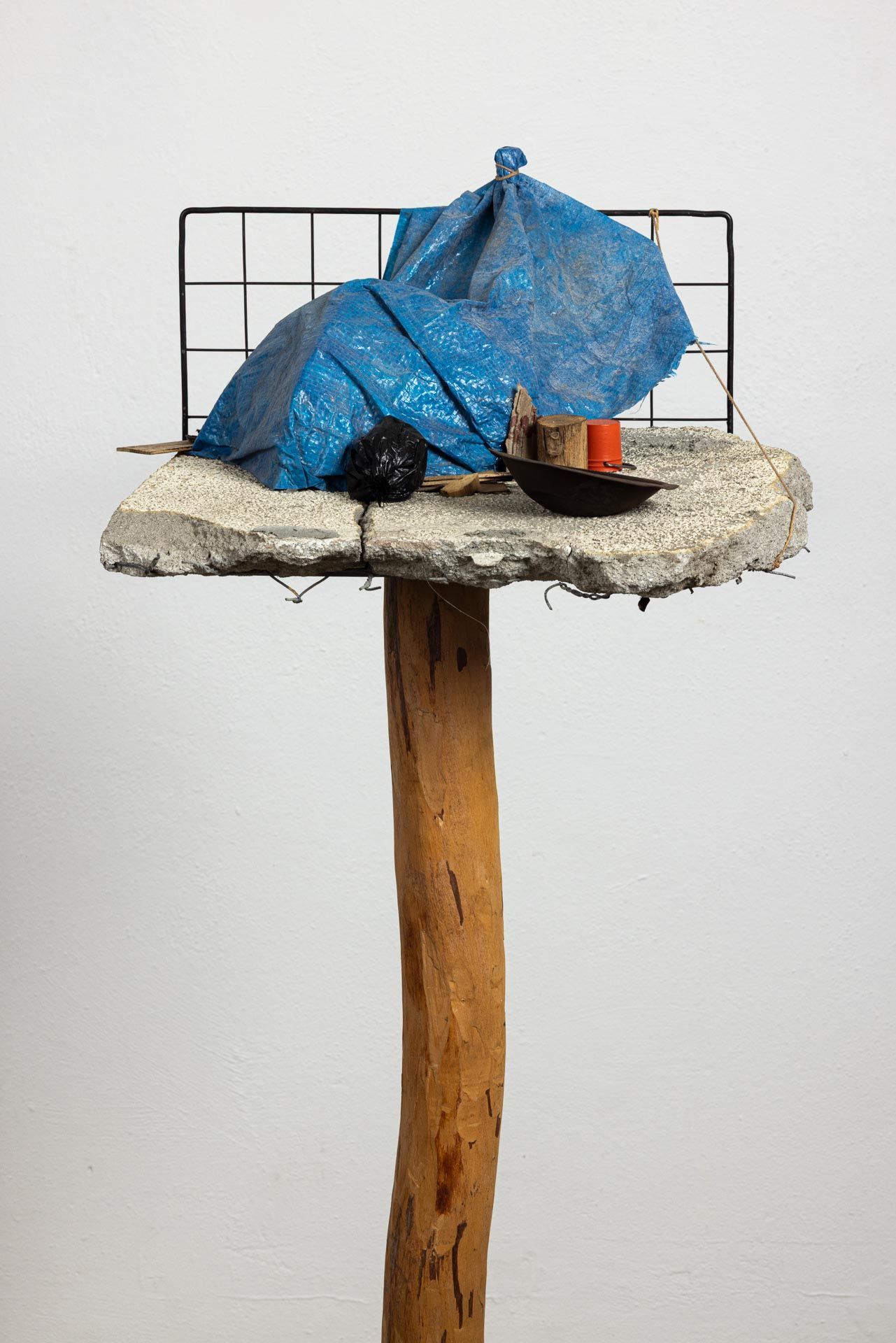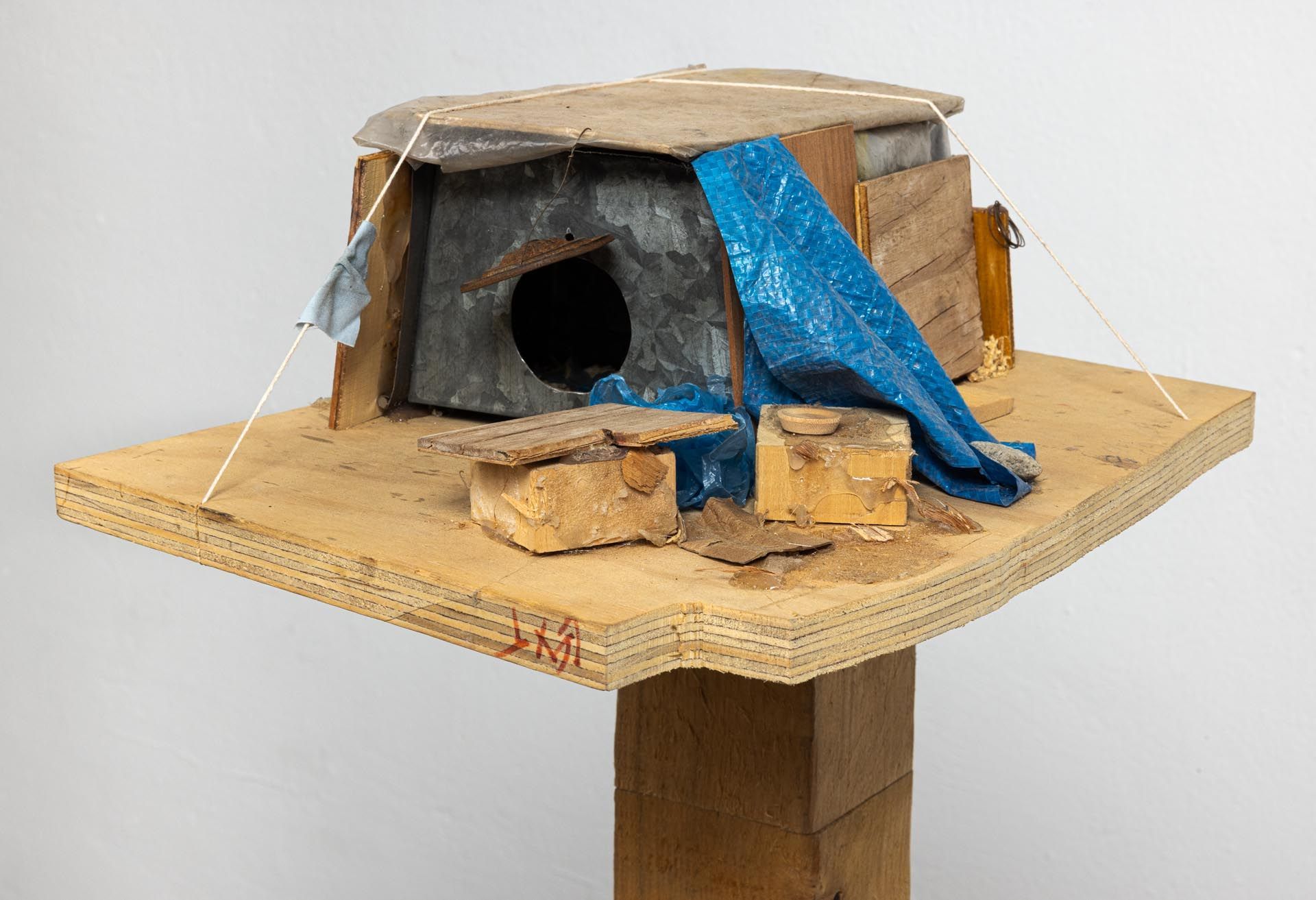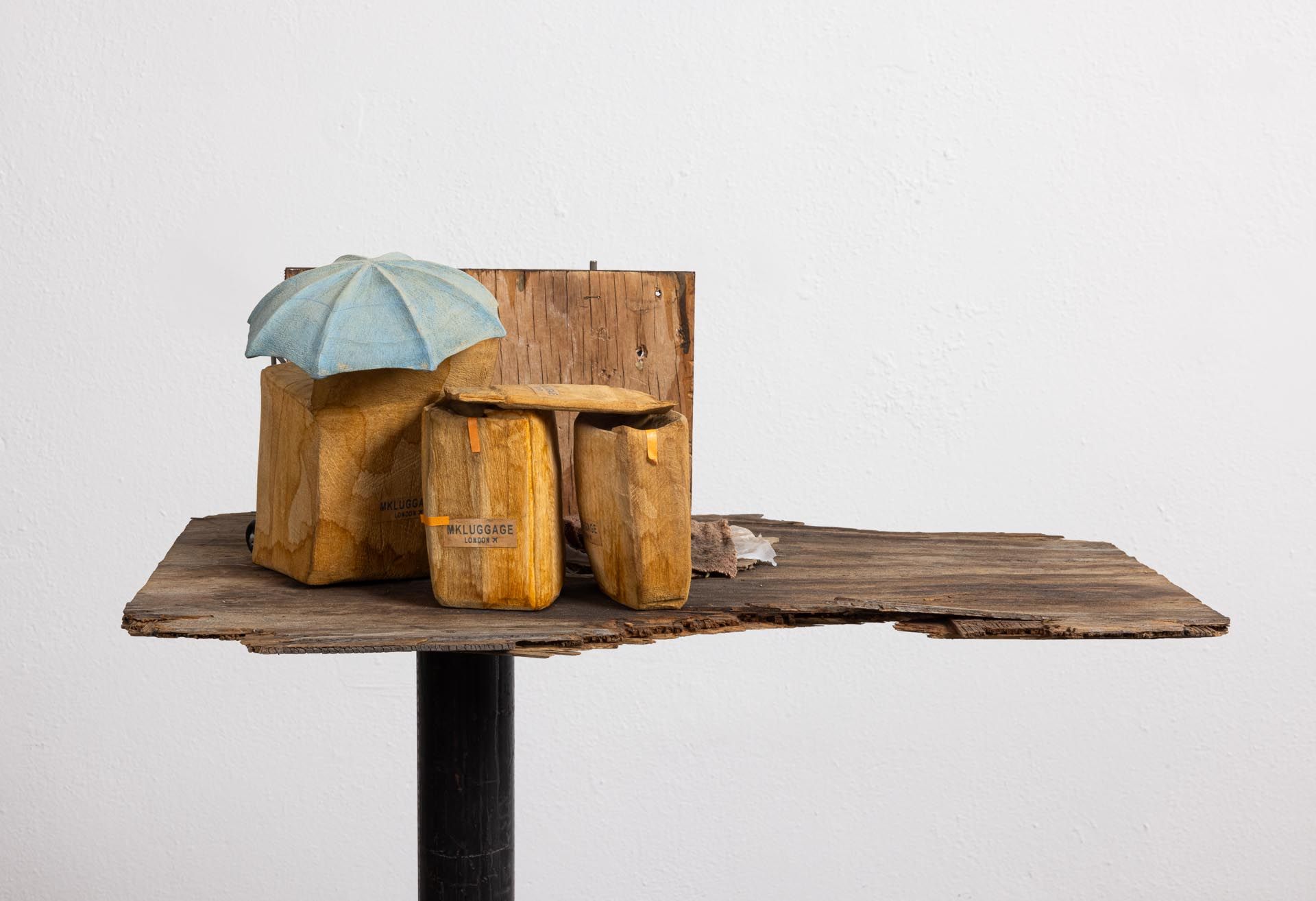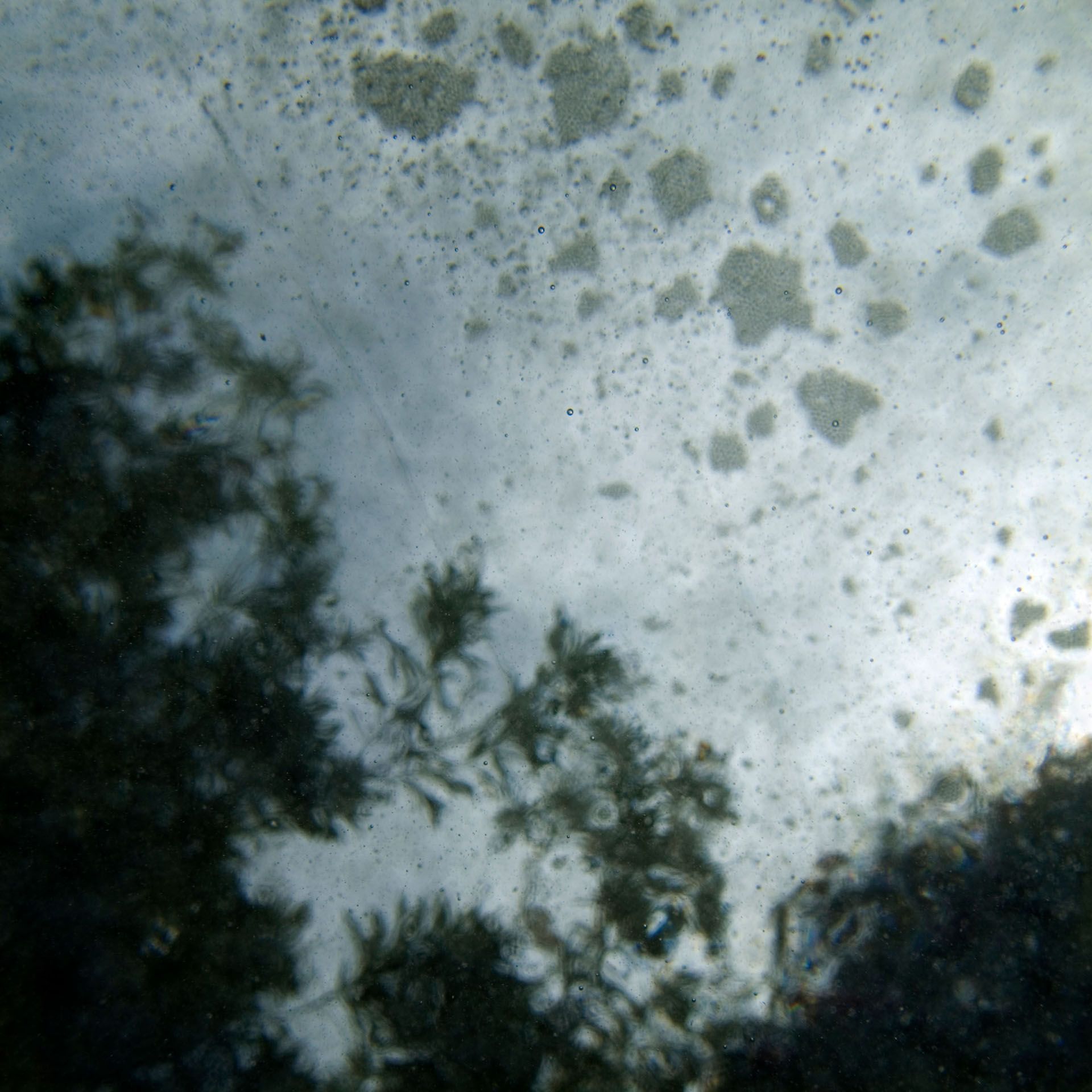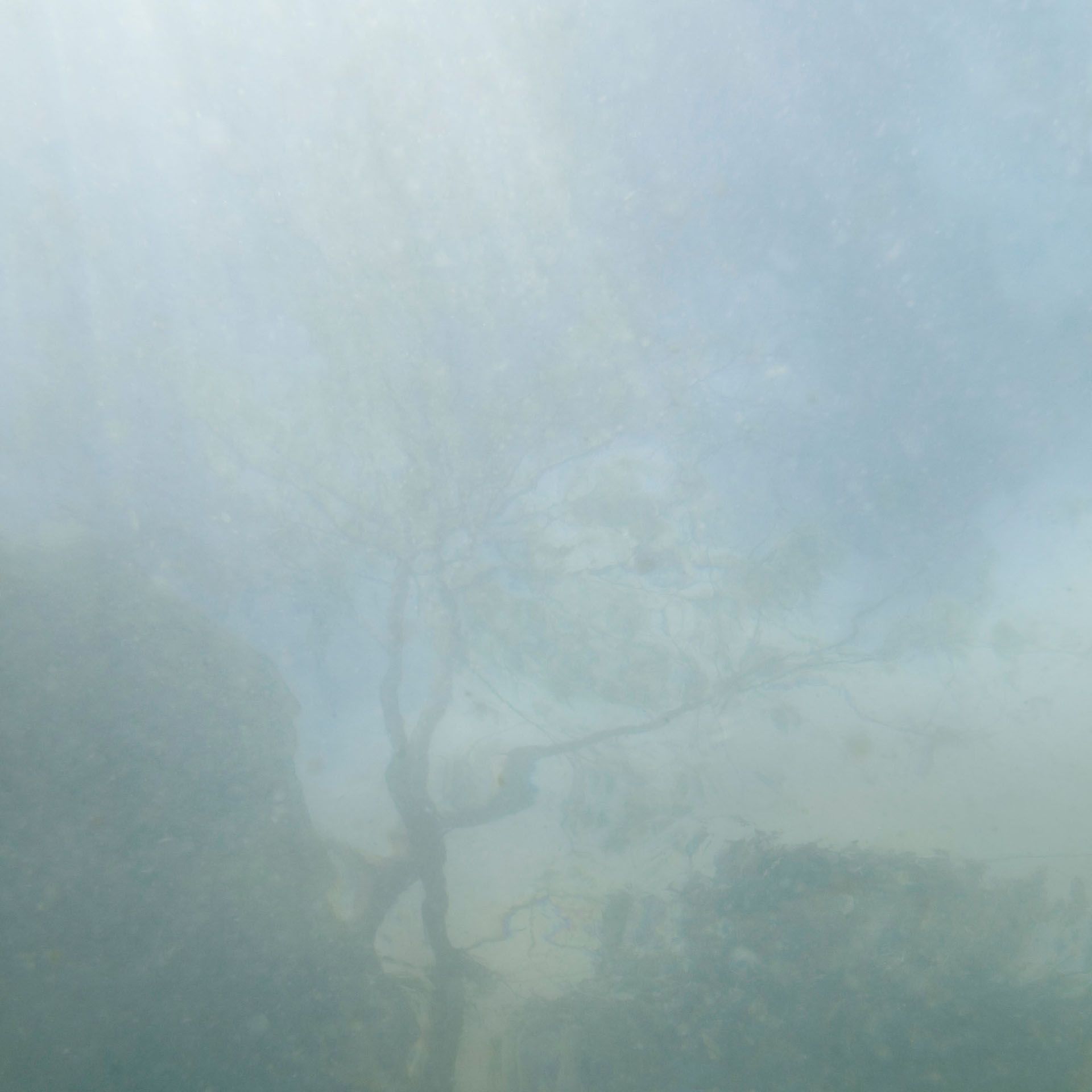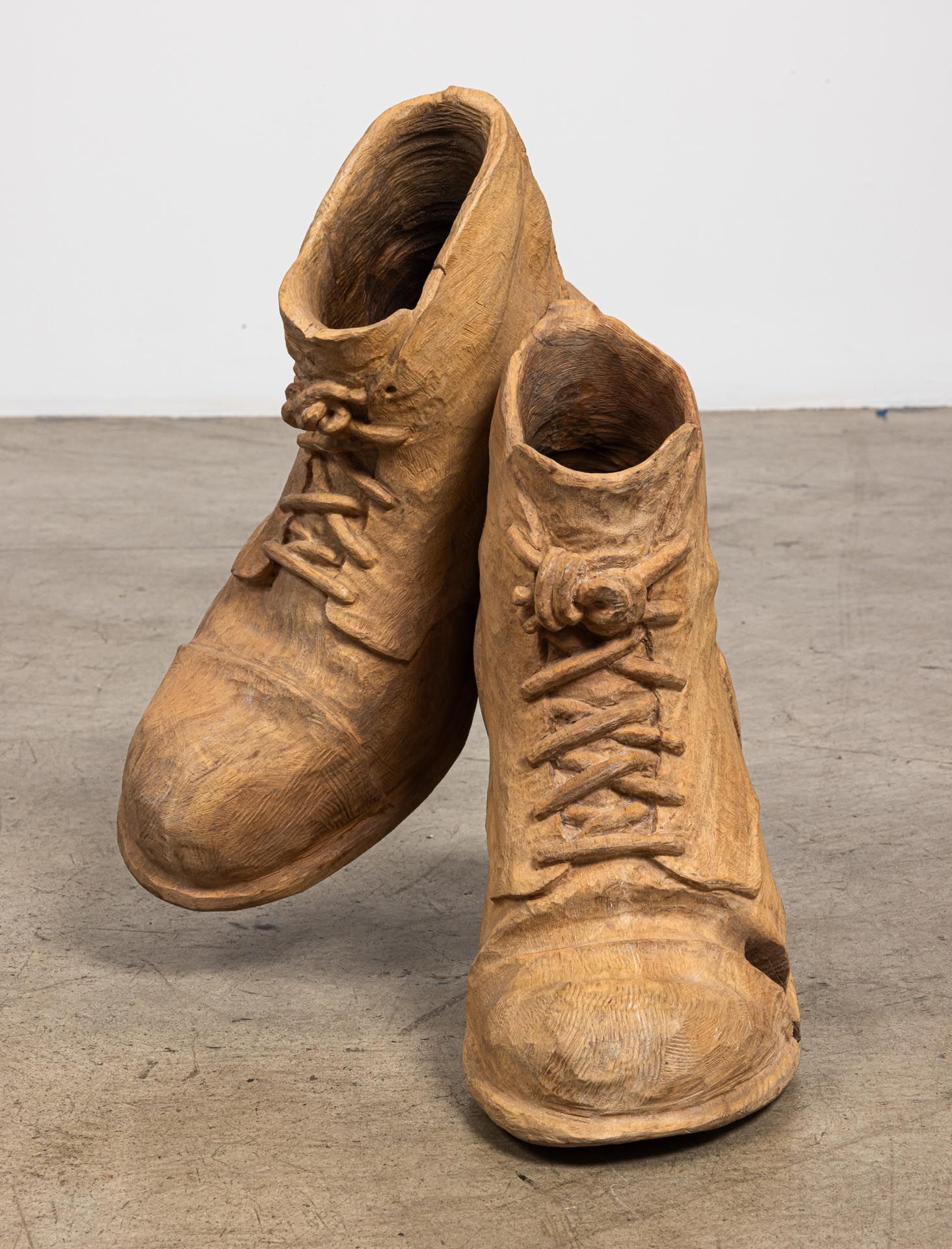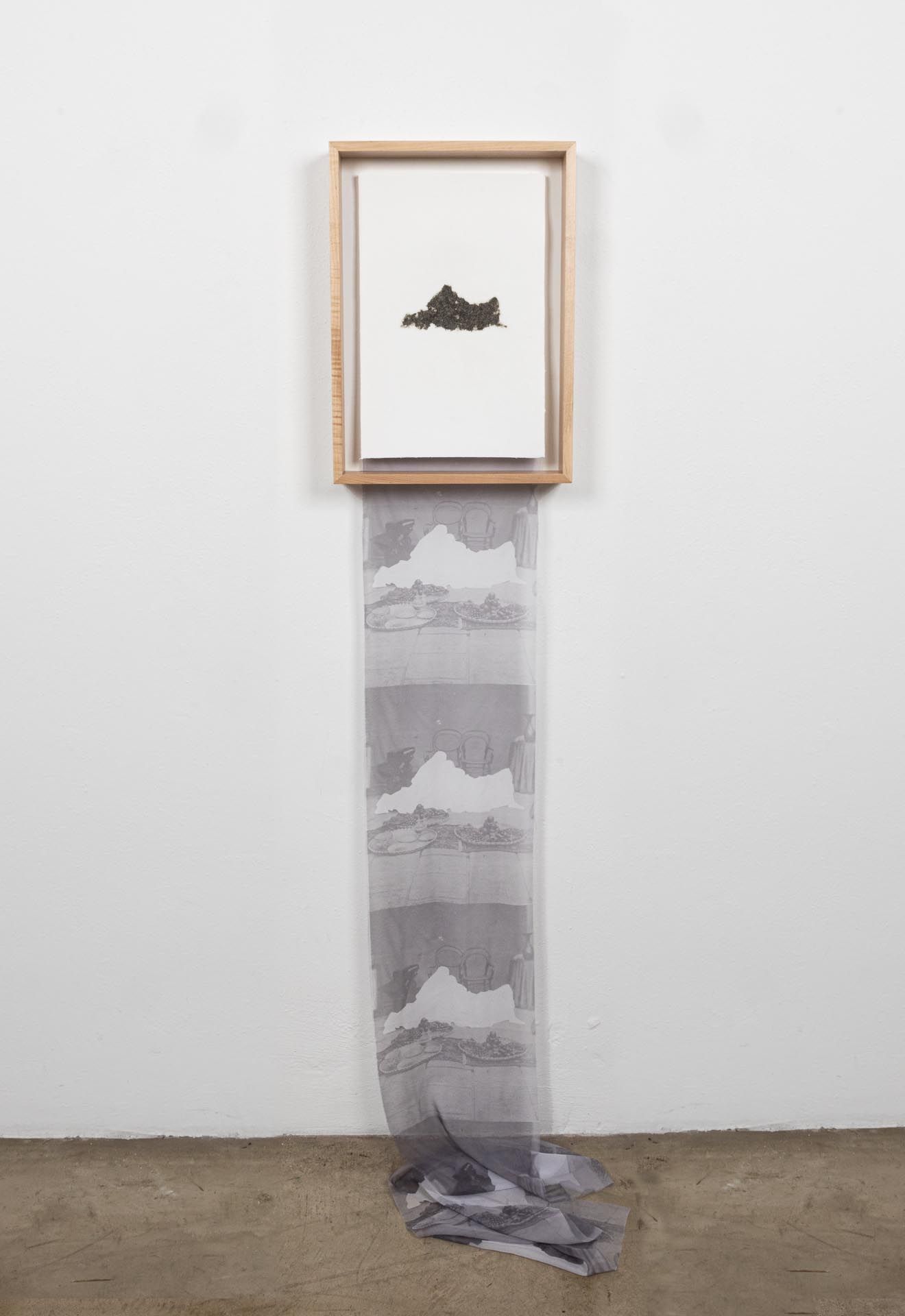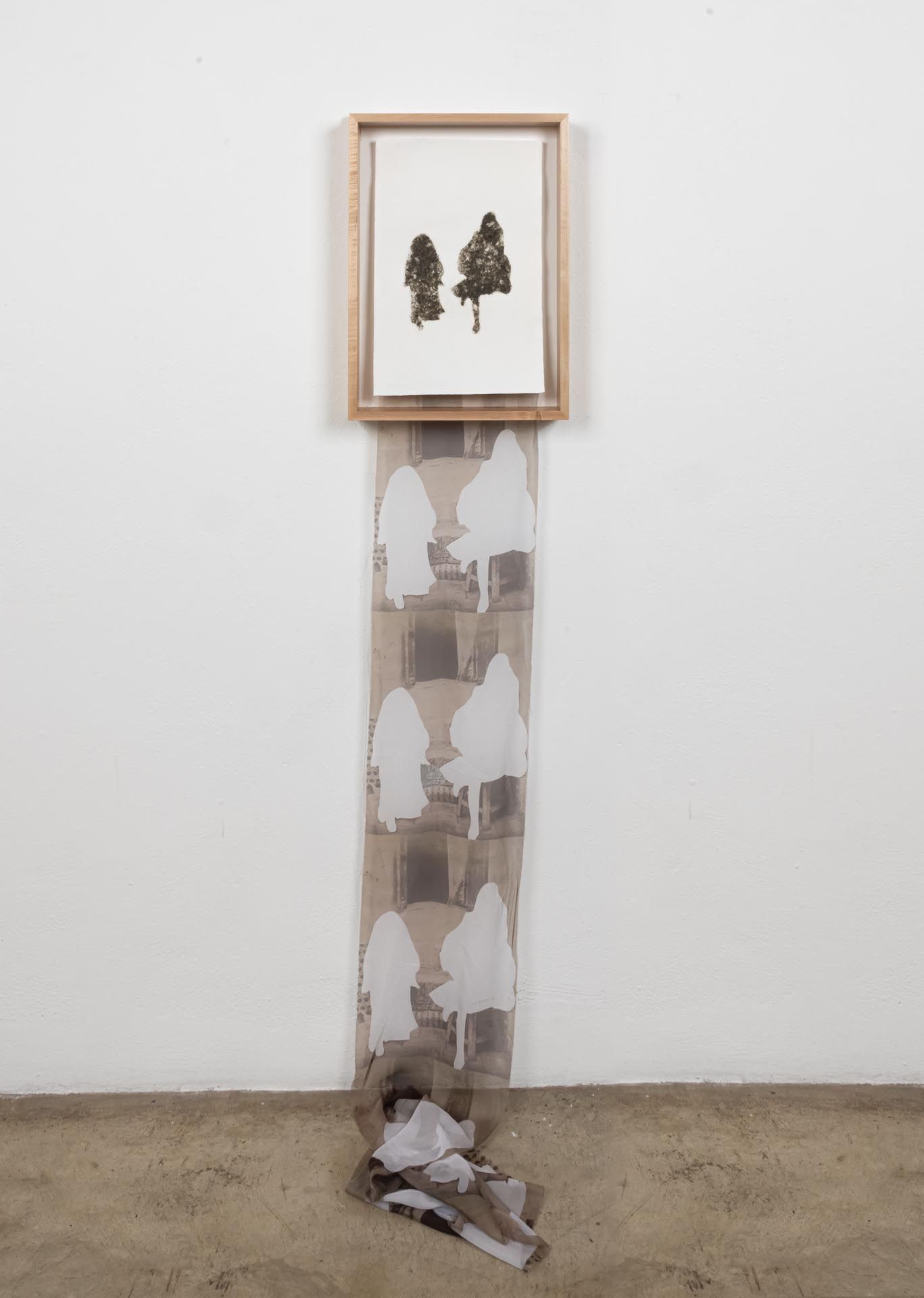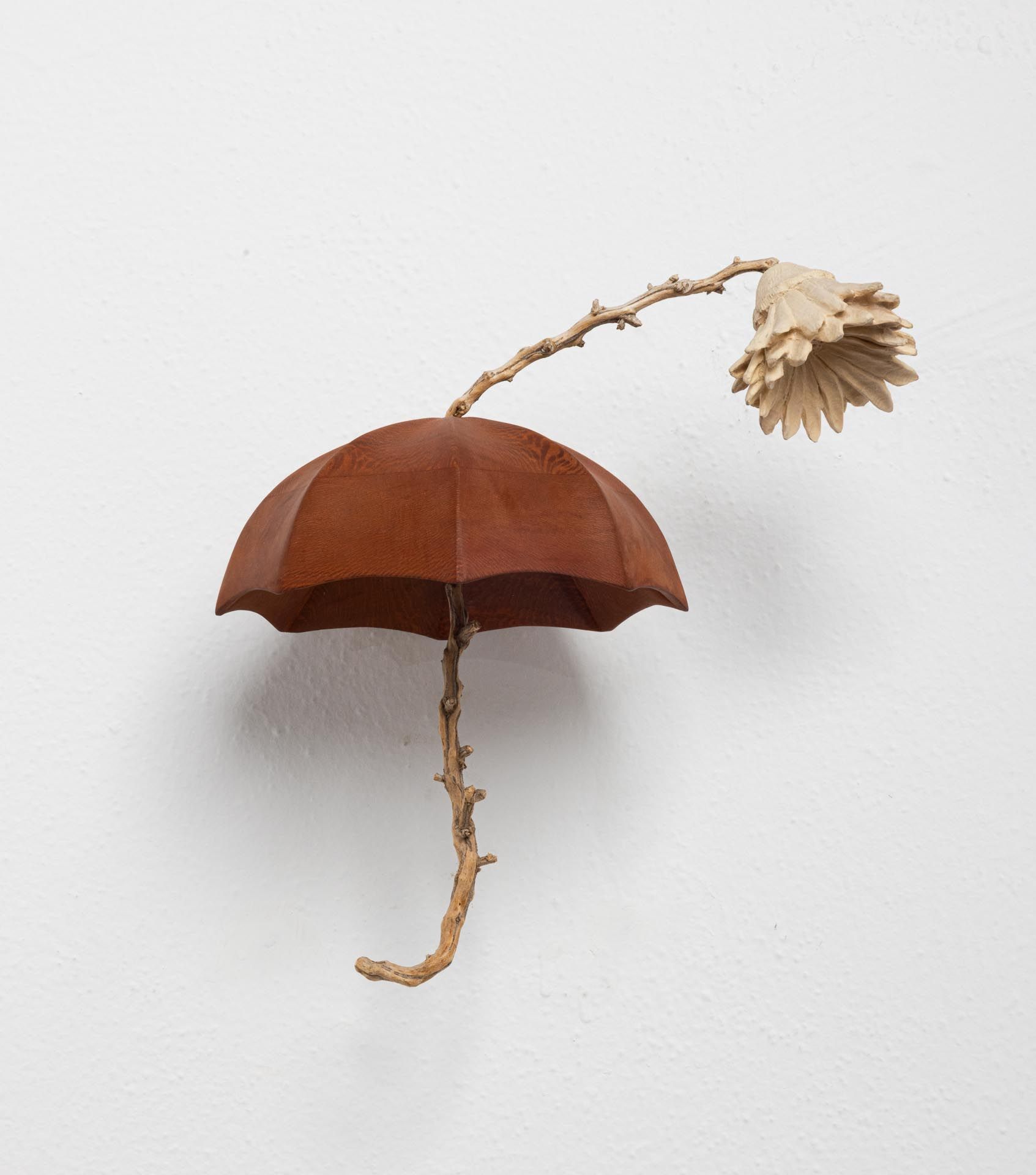DOWNTOWN LA
VALENCE
Azadeh Shladovsky and Daniel Wheeler
curated by Galia Linn
September 20 - November 15, 2025
Track 16 presents "Valence," an exhibition curated by Galia Linn featuring works by Azadeh Shladovsky and Daniel Wheeler that delves into the multifaceted nature of human existence through the lens of emotion and perception.
Drawing inspiration from the psychological concept of "valence" – the inherent attractiveness or averseness of an experience – the exhibition presents a diverse collection of artworks that reflect the complexities of the human emotional experience. Through sculpture, installation, and material investigations, the exhibition explores the intricate interplay of positive and negative emotions, their impact on our lives, and the enduring power of the human spirit to navigate the complexities of our internal landscape. Extending on these themes, the exhibition explores human vulnerability and resilience within various contexts, while opening up questions of perception and empathy.
The concept of valence extends beyond psychology, resonating in other fields like music and science. In music, "valence" describes the perceived positivity or negativity of a song's emotional content. In chemistry, "valence" refers to the combining capacity of an atom, its ability to form connections with other atoms. These diverse applications highlight the fundamental human tendency to categorize and understand the world through the lens of attraction and repulsion, connection, and separation.
As curator Galia Linn states, "My interest in 'valence' stems from observing how our inherent leanings – towards connection or aversion – shape our understanding of ourselves and others. This exhibition considers how artists can illuminate these often-subtle forces." Linn continues, "The combination of Azadeh Shladovsky and Daniel Wheeler is deliberate. Their distinct artistic languages both engage with the spectrum of human experience and challenge conventional viewpoints. 'Seeing Differently,' a core tenet of this show, asks, 'What does it mean to truly see beyond surface appearances and ingrained biases?'"
Azadeh Shladovsky works at the intersection of material consciousness and social perception, creating sculptures and installations that examine how we see and what remains invisible. Born in Iran and raised between Los Angeles and Spain, her practice challenges conventional ways of seeing through works that incorporate materials such as Iranian travertine, vintage optical lenses, brailled texts, and photo-luminescent paint. Her sculptural interventions invite viewers to confront questions about visibility, invisibility, and the politics of perception.
Daniel Wheeler approaches sculpture through a philosophy of oscillation – an interest in what happens between opposing forces rather than the forces themselves. Based in Los Angeles since 1985, Wheeler creates objects that exist in the spaces between categories, from intimate memorial pieces to large-scale installations. His work employs unexpected material juxtapositions and what he calls "puns" in three-dimensional form – objects that vibrate between meanings, purposes, and perceptions, all carried out with sincere communication without irony.
Together, Shladovsky and Wheeler create a dynamic dialogue within "Valence." Shladovsky's investigations into the politics of vision and material consciousness anchor the exhibition with works that challenge our assumptions about what we see and understand, while Wheeler's explorations of oscillation and ambiguity invite viewers to embrace the spaces between certainties. Both artists demonstrate a commitment to material investigation and conceptual rigor, ultimately encouraging a more nuanced and empathetic understanding of the spectrum of human experience.
The exhibition reveals how both artists, through vastly different approaches, grapple with fundamental questions about human perception, emotion, and connection. Shladovsky's work asks us to confront the limitations and biases inherent in how we see the world, while Wheeler's objects invite us to find meaning in the spaces between definitions and categories. Their combined presence in "Valence" creates a compelling meditation on the full range of human experience – from the weight of displacement and cultural invisibility to the lightness found in embracing ambiguity and oscillation.


